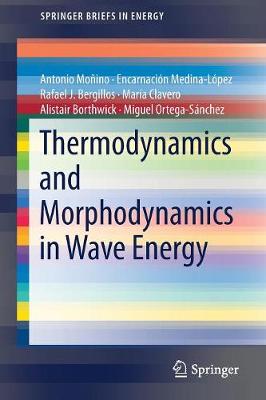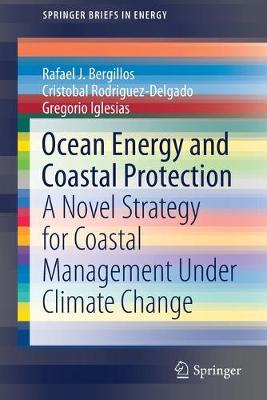SpringerBriefs in Energy
2 total works
This book examines the performance of oscillating water column (OWC) wave energy converters. It discusses the influence of humid air inside the chamber and changes in the seabed, and also investigates the role of wave energy converters in coastal protection.
The authors use a real gas model to describe the thermodynamics of the air-water vapour mixture inside the chamber, and the compression and expansion process during the wave cycle. Further, they present an alternative formulation with new perspectives on the adiabatic process of the gaseous phase, including a modified adiabatic index, and subsequent modified thermodynamic state variables such as enthalpy, entropy and specific heat. The book also develops a numerical model using computational fluid dynamics to simulate OWC characteristics in open sea, and studies the performance of a linear turbine using an actuator disk model. It then compares the results from both cases to find an agreement between the analytical and numerical models when humidity is inserted in the gaseous phase.Introducing new concepts to studies of wave energy to provide fresh perspectives on energy extraction and efficiency problems, the book is a valuable resource for researchers and industrial companies involved in thermal energy and coastal engineering. It is also of interest to undergraduate and postgraduate students, as it broadens their view of wave energy.
Ocean Energy and Coastal Protection
by Rafael J. Bergillos, Cristobal Rodriguez-Delgado, and Gregorio Iglesias
This book presents the innovative concept of the dual function of wave farms as both renewable energy generators and coastal protection elements against erosion and flooding.
Developing renewable energy is one of the most pressing targets for society in the coming decades due to the finite nature of fossil fuels, their high costs, and the environmental impacts of their exploration and use, including climate change and the subsequent sea-level rise. Wave energy is one of the most promising renewable energy sources, thanks to its huge potential and low impact on the environment. As such, this book discusses the development and application of artificial intelligence to optimise wave farm location and layout, assesses the influence of the wave energy converter geometry on coastal protection against erosion and flooding, and analyses how the performance of wave farms as coastal defence elements is affected by climate change and sea level rise. The concepts, methods and conclusions presented are helpful to students, researchers, academics, engineers, designers, stakeholders and managers around the globe interested in wave energy, coastal engineering, and coastal management.
